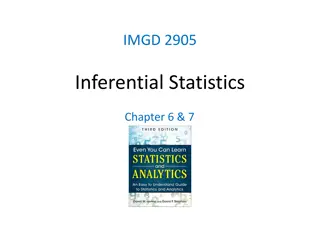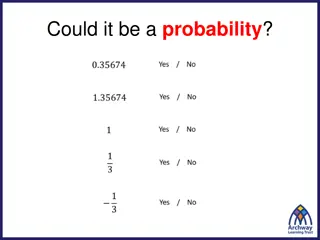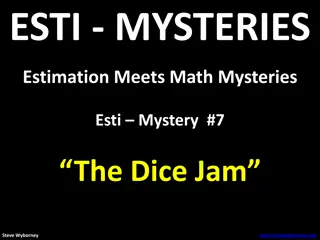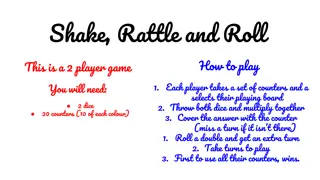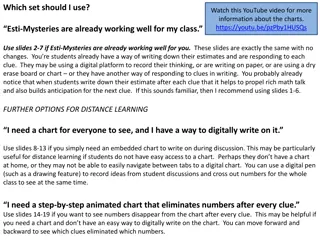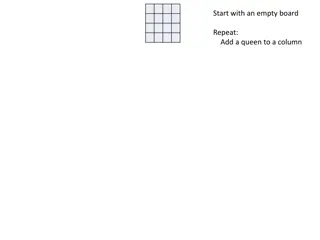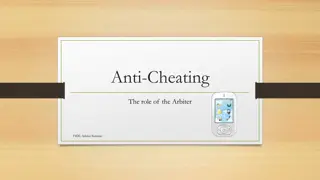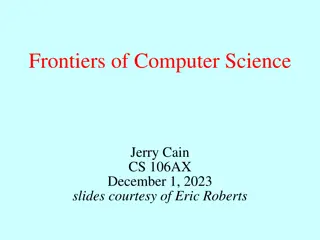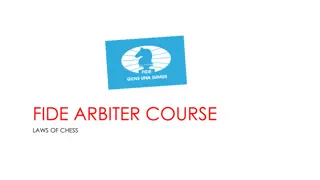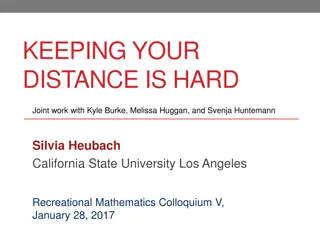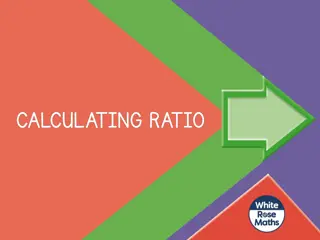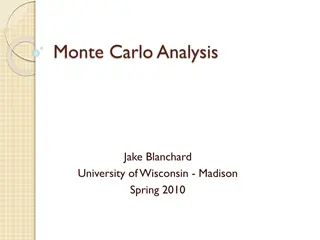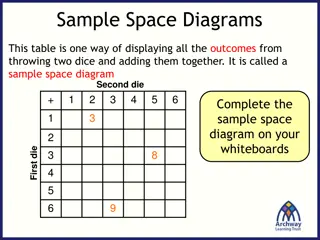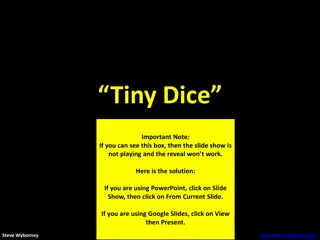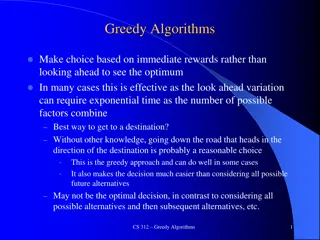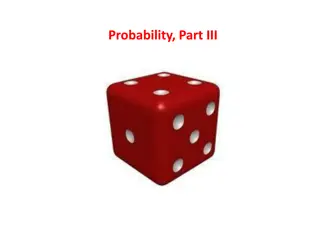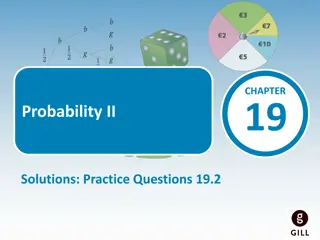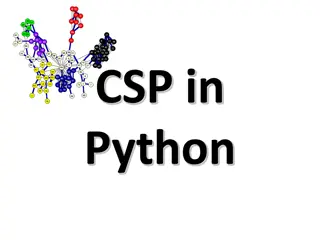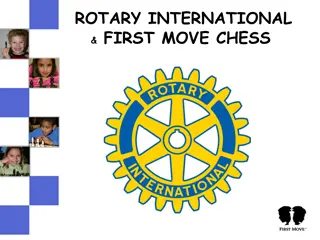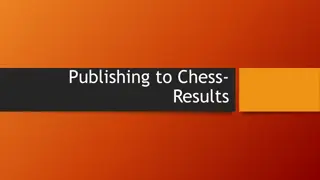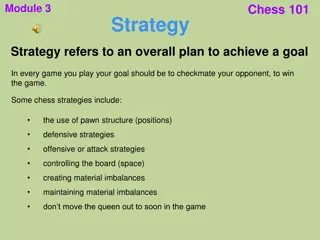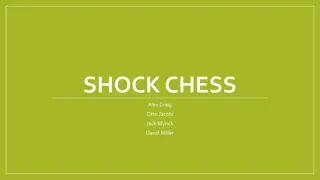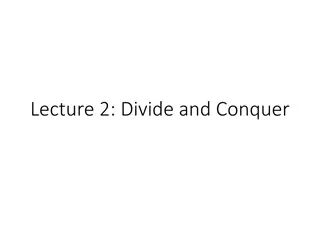Solving Combinatorial Problems: Dice Rolls, 8 Queens, and Chess Board Exploration
Implement methods for rolling dice with a specified sum, solving the 8 Queens problem, and exploring chess board configurations. Utilize different algorithms and decision-making processes to tackle these combinatorial challenges effectively.
Download Presentation

Please find below an Image/Link to download the presentation.
The content on the website is provided AS IS for your information and personal use only. It may not be sold, licensed, or shared on other websites without obtaining consent from the author. Download presentation by click this link. If you encounter any issues during the download, it is possible that the publisher has removed the file from their server.
E N D
Presentation Transcript
Exercise: Dice roll sum Write a method diceSum similar to diceRoll, but it also accepts a desired sum and prints only arrangements that add up to exactly that sum. diceSum(2, 7); diceSum(3, 7); [1, 6] [2, 5] [3, 4] [4, 3] [5, 2] [6, 1] [1, 1, 5] [1, 2, 4] [1, 3, 3] [1, 4, 2] [1, 5, 1] [2, 1, 4] [2, 2, 3] [2, 3, 2] [2, 4, 1] [3, 1, 3] [3, 2, 2] [3, 3, 1] [4, 1, 2] [4, 2, 1] [5, 1, 1] 2
Consider all paths? chosen - available 3 dice desired sum 5 1 2 dice 2 2 dice 3 2 dice 4 2 dice 5 2 dice 6 2 dice 1, 1 1 die 1, 2 1 die 1, 3 1 die 1, 4 1 die 1, 5 1 die 1, 6 1 die 1, 1, 1 1, 1, 2 1, 1, 3 1, 1, 4 1, 1, 5 1, 1, 6 1, 6, 1 1, 6, 2 ... 3
New decision tree chosen - available 3 dice desired sum 5 1 2 dice 2 2 dice 3 2 dice 4 2 dice 5 2 dice 6 2 dice 1, 1 1 die 1, 2 1 die 1, 3 1 die 1, 4 1 die 1, 5 1 die 1, 6 1 die 1, 1, 1 1, 1, 2 1, 1, 3 1, 1, 4 1, 1, 5 1, 1, 6 1, 6, 1 1, 6, 2 ... 5
The "8 Queens" problem Consider the problem of trying to place 8 queens on a chess board such that no queen can attack another queen. Q What are the "choices"? Q How do we "make" or "un-make" a choice? Q Q How do we know when to stop? Q Q Q Q 6
Naive algorithm for (each square on board): Place a queen there. Try to place the rest of the queens. Un-place the queen. 1 2 3 4 5 6 7 8 1 Q ... ... ... ... ... ... ... 2 ... ... ... ... ... ... ... ... 3 ... 4 How large is the solution space for this algorithm? 64 * 63 * 62 * ... 5 6 7 8 7
Better algorithm idea Observation: In a working solution, exactly 1 queen must appear in each row and in each column. 1 2 3 4 5 6 7 8 1 Q ... ... 2 ... ... 3 Q ... Redefine a "choice" to be valid placement of a queen in a particular column. 4 ... 5 Q 6 How large is the solution space now? 8 * 8 * 8 * ... 7 8 8
Exercise Suppose we have a Board class with these methods: Method/Constructor Description construct empty board public Board(int size) public boolean isSafe(int row, int column) true if queen can be safely placed here place queen here remove queen from here text display of board public void place(int row, int column) public void remove(int row, int column) public String toString() Write a method solveQueens that accepts a Board as a parameter and tries to place 8 queens on it safely. Your method should stop exploring if it finds a solution. 10


